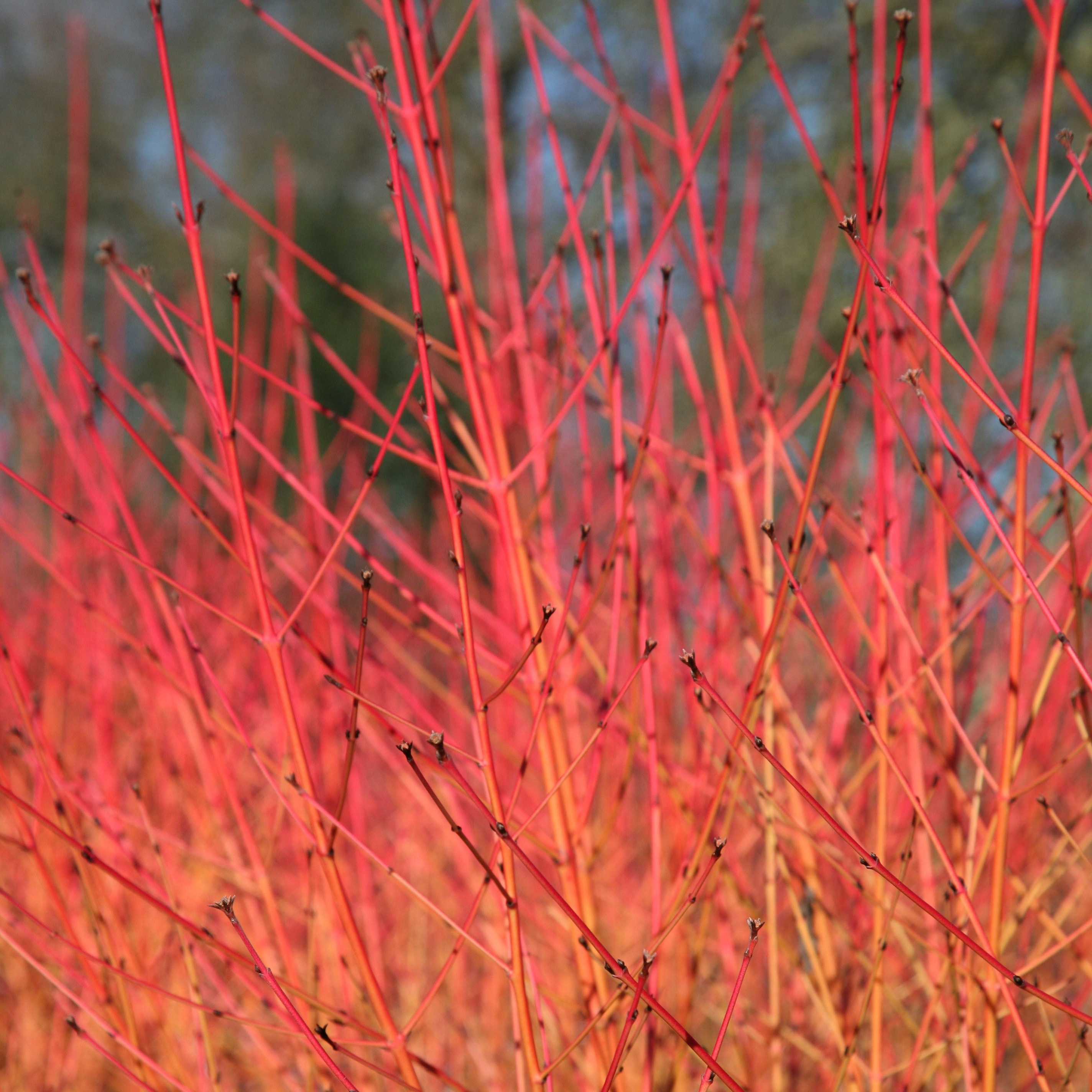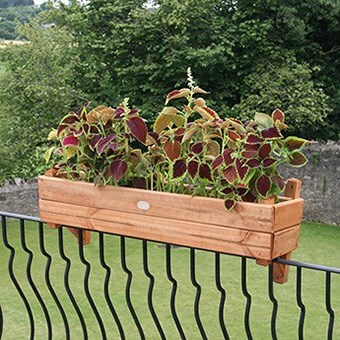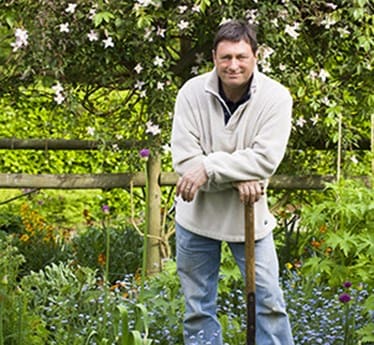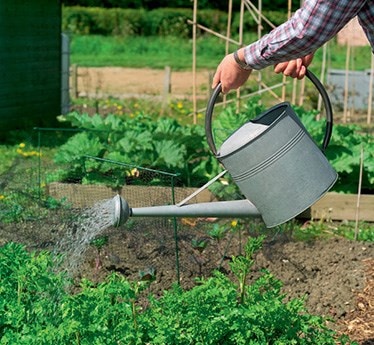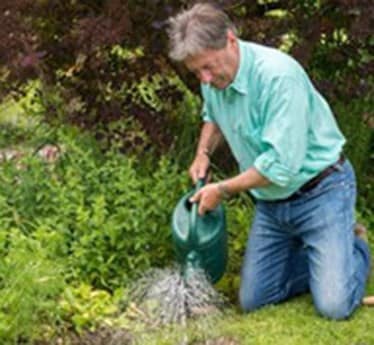Spectacular soil
When it comes to flower power, few plants can equal the sheer spectacle of the rhododendrons and azaleas or the majesty of camellias as they blaze a trail through the spring garden. The bad news is that most need a well-drained, acid soil that’s rich in organic matter to thrive.
But the good news is that even if you have a very alkaline, chalky soil, or a poorly drained, clay soil, you can still grow many of these wonderful plants in containers. It is easy to check how acid your garden soil is using an inexpensive pH soil test kit (see also ‘Know your soil’).
"Even if you have a very alkaline, chalky soil, or a poorly drained, clay soil, you can still grow many of these wonderful plants in containers"
Acid-loving plants for containers
Camellia japonica Lady Vansittart
2 litre pot
Offer was £34.99 £27.99
In stock (shipped within 2-3 working days)
Planting & growing
It is important to match the size of the container to the plant or group of plants you want to grow. Ideally, choose one as wide as possible, since most of these plants are surface rooting and wide containers will give them the most rooting area. Wide-based containers are also more stable. Wooden half-barrels always look good, and the wooden sides will help insulate the rootball in winter. Make sure that the base contains plenty of drainage holes that are covered with pieces of broken pot or stones before filling with fresh ericaceous compost. If you are growing acid-loving plants in containers, because your garden soil is too alkaline, then it is likely your mains tap water will be unsuitable too. In hard-water areas, using tap water will slowly raise the alkalinity of the compost causing lime-hating plants to stop growing and leaves to yellow and look sickly.
You can avoid this by using rainwater instead. Rainwater is easy to collect in waterbutts plumbed into the down-pipe of your house, shed or other outbuilding using an ingenious rain-trap diverter. If this is all too much, try filling a watering can with tap water and pop in a teabag to soak overnight. By the morning you can use the slightly acidified water to give your plants a refreshing brew! Once plants have been in the compost for a year, you will need to feed them regularly. Use a specialist feed for lime-hating plants, such as Empathy Ericaceous Seaweed Fertiliser, and apply it at fortnightly intervals throughout the growing season, or top-dress the container in spring with a suitable granular feed.
"Since most of these plants are surface rooting and wide containers will give them the most rooting area"
Choosing plants
Nothing can quite match the impact of rhododendrons in full bloom. They do well in containers provided you keep them evenly moist and well fed. They also need a sheltered spot – ideally in dappled shade. Choose a dwarf variety, such as the knee-high mounds of 'Maruschka' that bear magenta-red flowers throughout May and June or the slightly larger electric-purple 'Fumiko', brilliant-red 'Mother's Day' or the lipstick-pink 'Kazuko'.
Camellias, too, make excellent container plants. It is essential they are given a sheltered spot, that’s not exposed to wind or early morning sunshine since rapid thawing after a night frost can damage flower buds. Like rhododendroms, a lightly shaded spot is ideal and they need to be kept evenly moist, particularly when the flower buds are forming from mid-summer onwards. Good varieties for containers include the ever popular Camellia x williamsii varieties, such as the crimson peony-flowered ‘Anticipation’ and rose-pink ‘Debbie’ as well as the pale-pink, semi double ‘Donation’. Camellia japonica varieties are also worth considering, such as the bright-red semi-double 'Adolphe Audusson' and the bi-coloured raspberry-tipped, creamy-white petalled flowers of 'Margaret Davis'.
Heathers also make excellent container plants and by choosing the right combination of varieties you can have at least one in flower every month of the year. Many also have striking foliage and a few take on attractive winter tints. The summer-flowering heathers (Calluna vulgaris varieties) will bloom from July to September, such as the semi-double crimson flowers of ‘Dark Star’ or the mauve-pink 'Wickwar Flame'. Also consider the bell heathers (Erica cinerea varieties) that bloom from June to October. To achieve the year-round colour, I’d also include winter heathers (Erica carnea varieties) that will flower during the darkest days, providing much needed colour to the winter patio. Although they are more lime tolerant they grow perfectly well in acidic ericaceous compost. I particularly like the bright-pink 'Rosalie' that blooms from January to April as well as the dapper 'Myretoun Ruby', which makes an ankle-deep mound of dark pink flowers over the same period.
If you are looking for something more unusual to grow in your container, try the crimson bottlebrush (Callistemon citrinus 'Splendens'). This will add an exotic touch to the patio with its crimson-red bottlebrush flowers borne from April to August and lemon-scented foliage.



